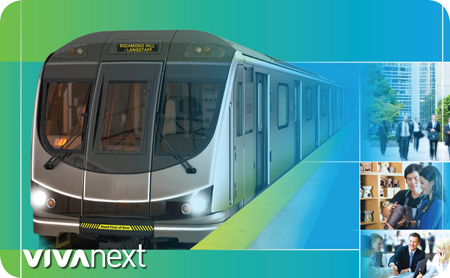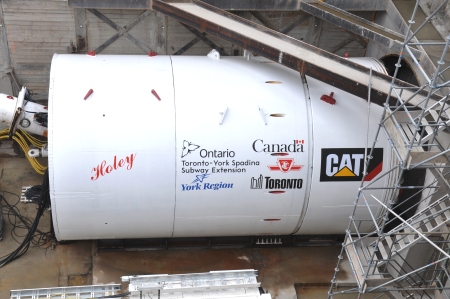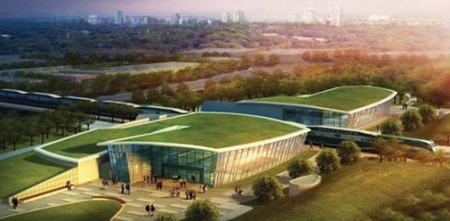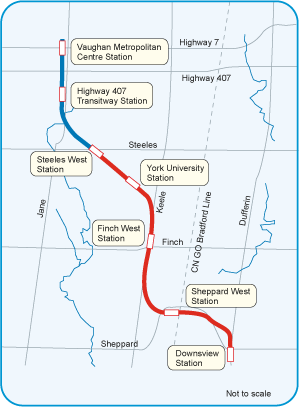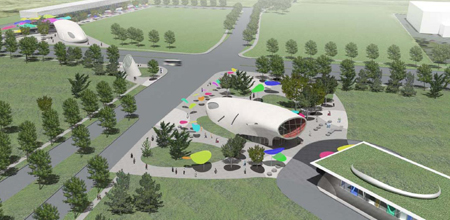Rapid transit plans in York Region have always included subways, along with aboveground bus and rail. Each of these has different passenger capacities, construction costs, and impacts on surrounding communities, so plans include a combination of transit types, with a focus on having a seamless network.
As far as subway is concerned, we’ve been planning for the Yonge North Subway Extension [YNSE] from Finch Station to the Richmond Hill/Langstaff Urban Growth Centre at Highway 7. The YNSE is the missing link in terms of transit for the GTHA, because Yonge Street is the central transportation artery, and has been for generations.
Because it’s the missing link, we’ve been doing critical planning and engineering studies to ensure that we’re shovel-ready. The Environmental Project Report and Conceptual Design Study are complete, and in partnership with Metrolinx, TTC and City of Toronto, we completed a Yonge Relief Network Study [YRNS] to determine Yonge Subway capacity.
The YRNS concluded that the number of already committed/funded initiatives underway will increase the capacity of Yonge subway and divert existing and future riders to other corridors. These increases in capacity will accommodate growth until 2031, and offset the immediate need for the Downtown Relief Line until after 2031.
Metrolinx has recently recommended that we move ahead with completing 15% preliminary design for the Yonge Subway extension, so we’re working very hard on that. To advance the project even more, we’re advocating to the new federal government about their recent commitment to double infrastructure investments and transform transit and transportation systems ($60 billion in additional investments over 10 years). With our shovel-ready projects in hand, we’re looking forward to the next wave of projects.
Combined with the Toronto-York Spadina Subway Extension, Regional Express Rail, new GO Train stations at Gormley and Bloomington and other transit projects, the YNSE will vastly improve the overall network for those who live, work and travel in York Region.

